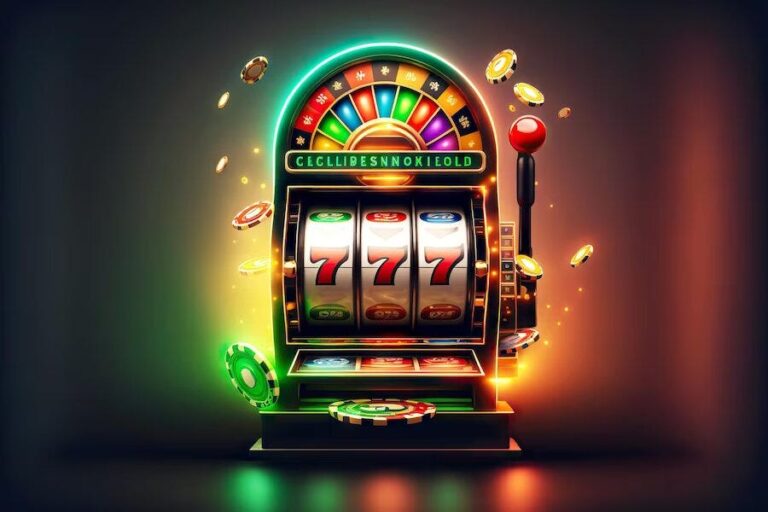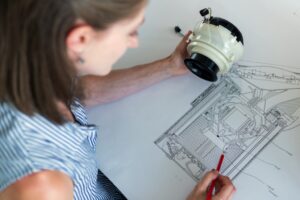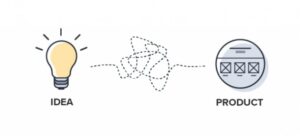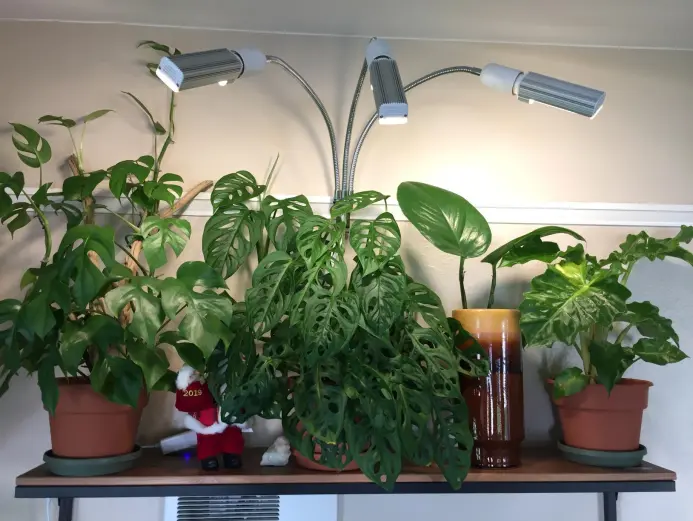
Source: homesteadandchill.com
There are a variety of grow lights available on the market, each with its own set of benefits and drawbacks. Here is a brief overview of the most popular types of grow lights:
- Fluorescent grow lights: These are some of the most popular grow lights among indoor gardeners. They emit very little heat, so they can be placed close to plants without worrying about burning them. Fluorescent bulbs also last a long time – up to 10,000 hours in some cases. The main downside is that they don’t produce as much light as some of the other options on this list.
- HID (high intensity discharge) grow lights: They are much more powerful than fluorescent bulbs, making them ideal for larger growth operations. They do produce a lot of heat, however, so they must be kept at a distance from plants to avoid burning them. HID bulbs also have a relatively short lifespan compared to other types of grow lights – usually around 6,000 hours.
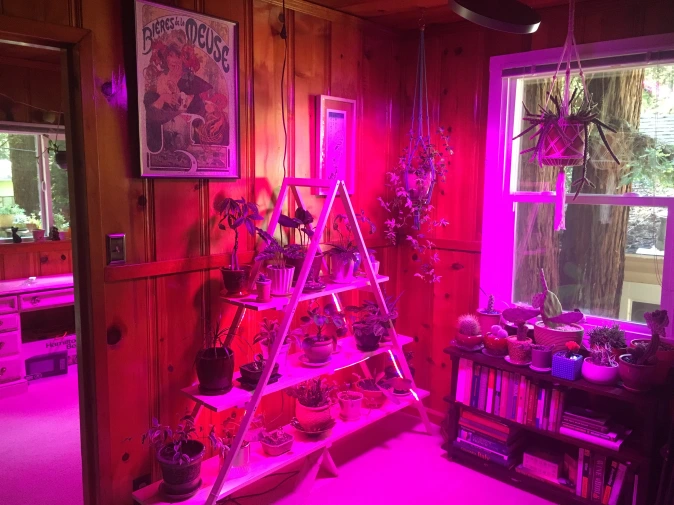
Source: xylemrising.com - LED grow lights: They are becoming increasingly popular due to their energy efficiency and long lifespan (up to 50,000 hours in some cases). LED bulbs produce very little heat, so they can be placed close to plants without worrying about damage. The main downside is that they can be quite expensive – although the initial investment may pay off in the long run due to the low energy costs and long bulb life.
- Induction grow lights: Also known as “induction lighting,” these bulbs are relatively new to the market. They produce very little heat and use less energy than other types of grow lights, making them an attractive option for indoor gardeners. The main downside to induction grow lights is that they tend to be quite expensive – although the initial investment may pay off in the long run due to the low energy costs and long bulb life.
Guidelines for Using Strong Grow Lights
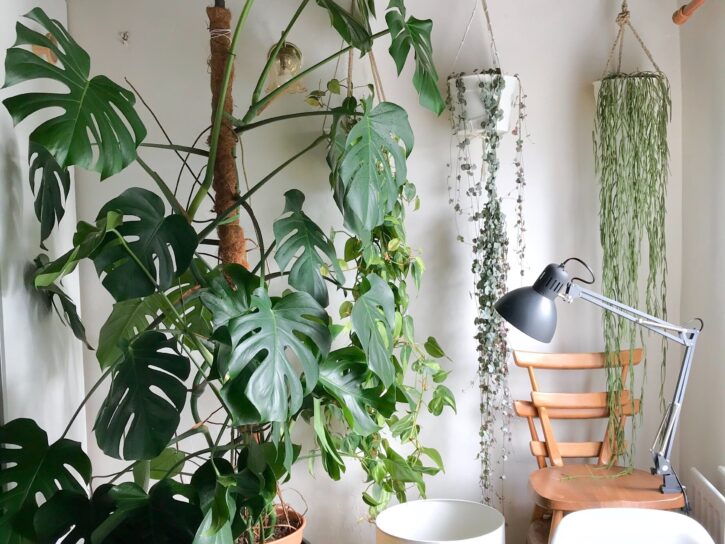
If you’re using grow lights to start your plants indoors, it’s important to know if the light is too strong. Here are some guidelines to help you determine if your grow lights are too strong:
- The leaves of your plants should not be burned or wilted. If the leaves are burned or wilted, the light is too strong.
- The stems of your plants should be slender and upright. If the stems are thick and spindly, the light is too strong.
- Your plants should have a healthy green color. If the leaves are yellow or pale, the light is too strong.
If you notice any of these problems with your plants, adjust the distance of the grow light or move the plant to a location where it will receive less light.
In conclusion, whether it’s an LED, HID or fluorescent lighting system, taking into account the size and shape of your room as well as other factors should help you determine whether or not your grow lights are too strong.

